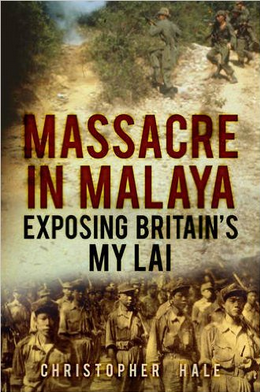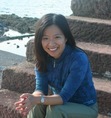“pungently hostile”
Friends, I have a dilemma. I’m currently reading Christopher Hale’s Massacre in Malaya: Exposing Britain’s My Lai as part of the research towards Monsoon Season. It’s a very compelling book. I haven’t yet got to the part about the Batang Kali Massacre (to which the title refers) but my inter-library loan copy is already feathered with post-it notes.

I am very keen to see how his argument develops (Neal Ascherson describes it as “a pungently hostile history of British colonial strategy and tactics in the region”) and I admire Hale’s gift for historical precis. But there’s a problem.
Less than halfway through the book, there have been a completely distracting number of mistakes. Many of them are small things that a copy editor ought to have caught:
Some Asian names appear with variant spellings: Giya Gun vs Giyu Gun (the latter is correct).
Spencer Chapman vs. Chapman (trickier, but the latter is correct).
Malayan Communist Party leader Chin Peng is listed in the bibliography as “Peng Chin”. It’s a nom de guerre but even so, the false family name should still be cited as “Chin”.
Others mistakes are larger and thus very embarrassing. For example, Hale mentions “the elderly Madam Cheng Seang Ho… [whose] heroic death fighting at Bukit Timah earned her the title of Malaya’s La Passionaria (after the Spanish communist leader Dolores Ibárruri) (146)”. It’s a magnificent story, marred (or not!) by the fact that Cheng Seang Ho survived the Battle of Bukit Timah. Madam Cheng appears in this Straits Times article of July 25, 1948, yet she seems to have been forgotten even in her own lifetime. This 1957 news story shows her interrupting a ceremony at the Kranji war memorial – a ceremony at which she surely ought to have been honoured. This is a point that actually serves Hale’s larger analysis, yet he’s lost the chance to use it.
Finally, nearly everything goes uncited. Some direct quotations are even unattributed! Neither are there clues to support assertions like, “Rape, belligerent drunkenness, the trashing of shops and stores – this was the face that Tommy turned to the East.” I am willing to believe this sentence; it rings true. But that is a huge bundle of claims to repeat in good faith.
I understand that this book was never intended as a scholarly monograph. In his “Acknowledgements”, Hale calls it “an extended essay rather than a textbook or academic historical study”. Yet I should be able to track things down. I need to know who else was forgotten, what else possibly misreported. If nothing else, I would love to know where so many of Hale’s tantalizing quotations come from. (Somebody apparently said: “If talking about a chip shop in Salford, Churchill would find a way to mention how important its chips were to the Empire.” COME ON, NOW! I think we all want to know who said that.)
So I’m stuck. I am on board with Hale’s argument so far. I can definitely see elements from Massacre in Malaya making it into Monsoon Season. But I’ve seen enough mistakes at this point that I’m on high alert: Are you sure? Is that correct? How can I be sure that’s what was said?
Can you help me out, friends? What do you do when a book is conspicuously flawed and there’s no path to its primary and secondary sources?



